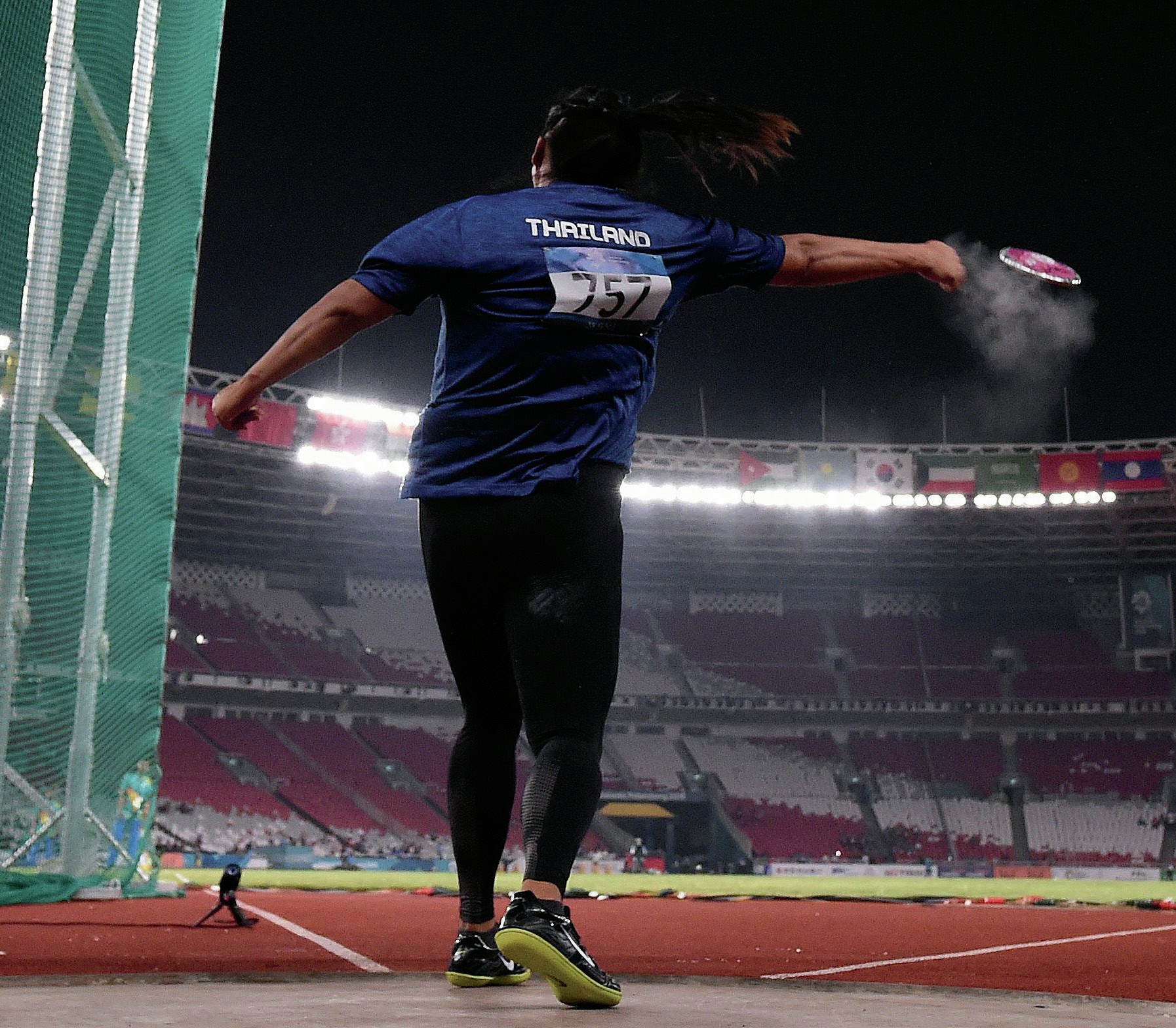
Bernoulli’s principle describes the forces created when a fluid (such as air) flows over an aerofoil or object. An aerofoil is a structure with a flat lower surface and a curved upper surface, for example an aeroplane wing. As the air comes into contact with the aerofoil it splits, with half flowing above it and half below. It then meets at the same time behind the aerofoil. The curved upper surface forces the air to travel a further distance so it needs to travel faster, while the flat lower surface means the air has a shorter distance to travel so it travels slower.
Bernoulli’s principle states that when there is an increase in the velocity of air there is a resultant decrease in pressure. When there is a decrease in the velocity of air there is a resultant increase in pressure. Therefore high pressure exists below the aerofoil and low pressure exists above. Remember that all fluids move from an area of high to low pressure, so a pressure gradient forms. This is what creates a lift force, (see Figure 1).
Your organisation does not have access to this article.
Sign up today to give your students the edge they need to achieve their best grades with subject expertise
Subscribe




